eCommerce merchandising s all about guiding your customer's attention to the products that are right for them.

eCommerce merchandising s all about guiding your customer's attention to the products that are right for them.
Limited attention spans make for today’s biggest blocker towards merchandising success, especially when purchasing products online – the average time someone spends on a website is 54 seconds.
Contemporary shopping experiences often don’t provide the most seamless or frictionless path to purchase, because brands are so focused on the sale that they sometimes forget the mindset of the end-user. Choice overload saturates the online buyer’s market because brands find it easier to push products rather than sell experiences.
But today, eCommerce UX is just as much about consumer psychology as it is about guiding the sale. It’s also about making this path to purchase engaging so that even after-the-buy customers remember you and want to keep coming back.
Sounds simple, right? Wrong. We don’t have to be the ones to tell you that merchandising comes with a whole host of challenges that begin with connecting your product feed to your platform – and the handling of unstructured product data – and only then being able to present products to the customer in a way that resonates.
That’s why we’ve created this guide. Whether you’re a category manager, content specialist, range specialist, digital marketer, CRO expert, or product owner, you are bearing the brunt of merchandising. Since merchandising today isn’t simply about optimizing conversions but creating the best kind of customer experience online, you now have the opportunity to be creative and strategic in eCommerce merchandising.
To help you get inspired we’ve created this merchandiser’s handbook. Our goal is to help you increase your revenue while driving customer satisfaction. Great merchandising will be a win-win for both your brand and the consumer.
Therefore, whether you’re battling with product feeds, product pages, or promoting campaigns across your webshop – this one’s for you. Coupled with page-by-page merchandising best practices, we give you tools that will make your job that much easier.
Here is your ultimate merchandiser’s handbook from A to Z.
Why do we need to learn about merchandising?
Aside from making your pages look ‘pretty’, merchandising will have benefits that go beyond mere metrics.
This is what turns merchandising into art.
At Crobox, we’ve spoken to merchandisers in roles like range specialists, eCommerce managers, and UX designers, from brands across industries like activewear, home and DIY, and beauty. Here are some of their common goals for the year and beyond.
Optimizing keywords for search engines and leveraging ads is a good way to make your products easier to find. Keywords, and the words and language your customers use, is KEY(...words).
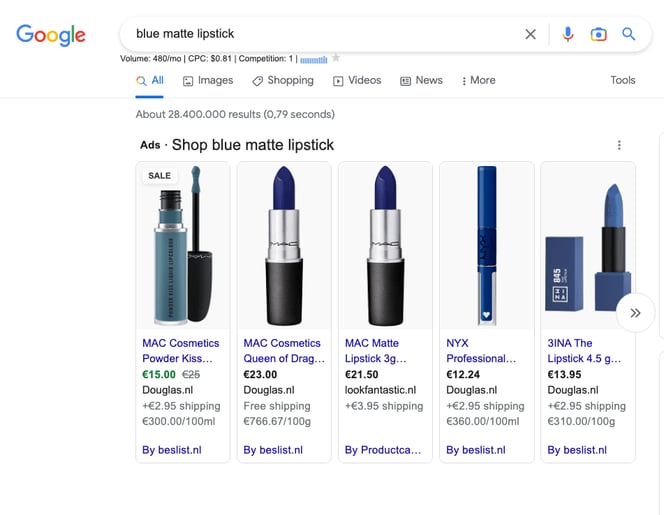
Syte suggests that product discovery is about getting the shopper to the right product at the right time.
Zoovu supports this, saying it’s all about the search and discovery of a product. The best webshops find the right products based on the customer’s search behavior.
Both definitions by Syte and Zoovu are spot-on but still lack one very important clause. While it’s important to link search queries with results, eCommerce product discovery is so much more than simply improving product findability.
It’s also about:
“Discovering the entirety of the product based on its analytics, other similar products, attributes and benefits, and tailoring product messages to promote products to individual shoppers.” - Rodger Buyvoets, CEO at Crobox
An approach that takes this kind of intelligent and consumer-centric look at product discovery is the future of eCommerce.
As eCommerce owners, the art of merchandising means looking at your product data and creating new ways to promote them to the individual.
This could be as easy as turning product attributes into benefits, and as technical as product content enrichment, both of which we’ll take a look at later on.
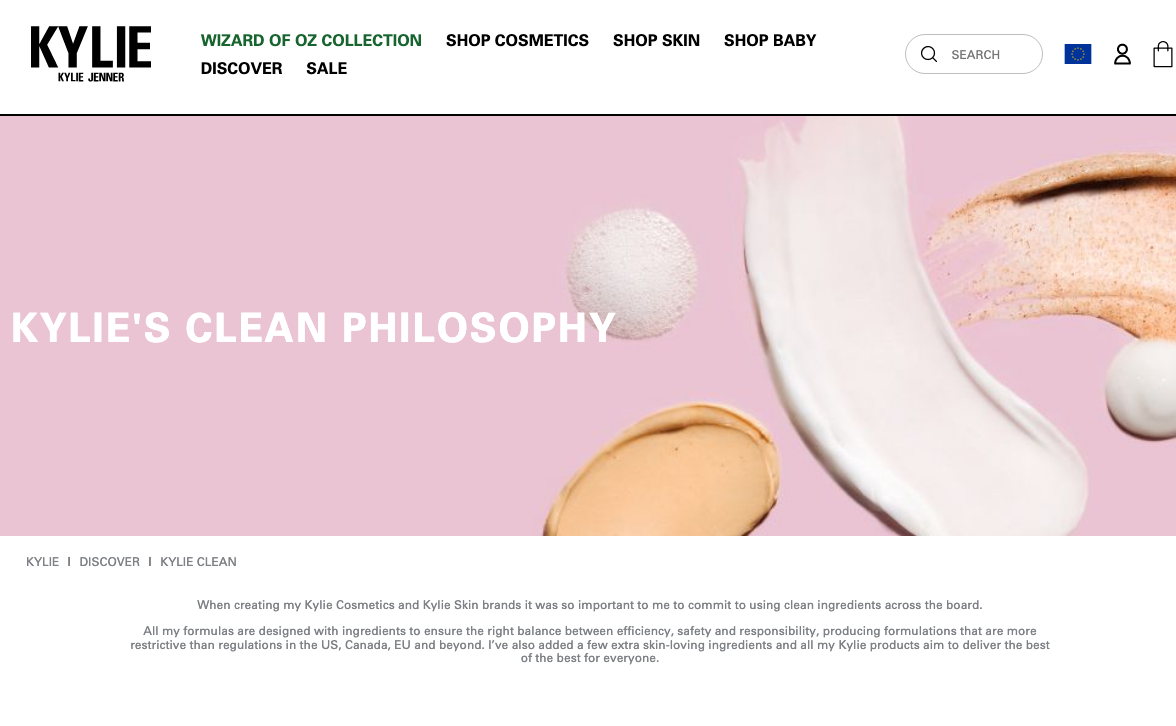
Kylie Cosmetics has a whole section on their ‘clean philosophy’, showing how their products are made in an ethical and conscious way.
Online, how do you bring your product benefits to life? This is a clear goal that merchandisers are working to achieve. I
t’s no longer enough to strategically place products on your webshop with the goal of increasing clicks and conversions. Consumers crave guided shopping experiences and learning about the products they are shopping for before making a purchase.
Kylie Cosmetics' product description turns the product’s attributes into benefits. E.g., adding the descriptions ‘pairs well with’ and ‘long-lasting’, under the section Key Features.
Today, it’s up to merchandisers to:
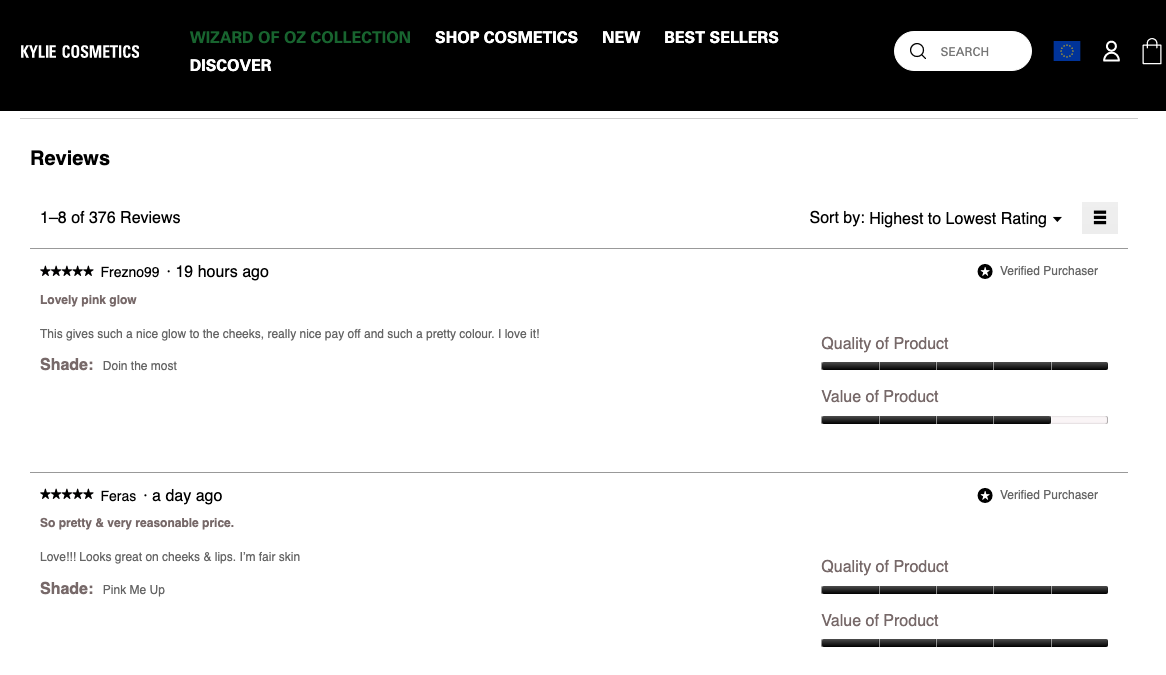
Kylie Cosmetics reviews.
Many webshops are already placing their products on a pedestal, and this starts by learning about how they affect the lives of their customers. In short, showing product benefits instead of simple attributes to capture the customer’s desires.
Another imperative for merchandisers across all categories is to make sure the products they show are relevant to the customer’s context.
Meaning, the more products they show to the shopper, the more likely the shopper is to make a final purchase decision that is well-informed.
Can you guess what that leads to?
More relevant products and/or information = Fewer returns and happier customers.
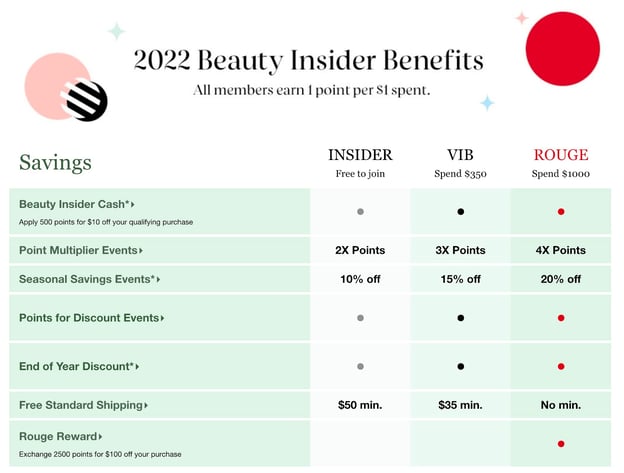
Source: Sephora Beauty Insider loyalty program gives financial incentives to reward loyal customers. Loyalty programs in the long-run increase AOV, because shoppers are prompted to spend more and within the brand’s ecosystem to earn their rewards.
Increasing AOV should transcend the realm of persuasion. Because you’re actually showing relevant products in an individualized environment (i.e., an environment that benefits the customer).
For example showing:
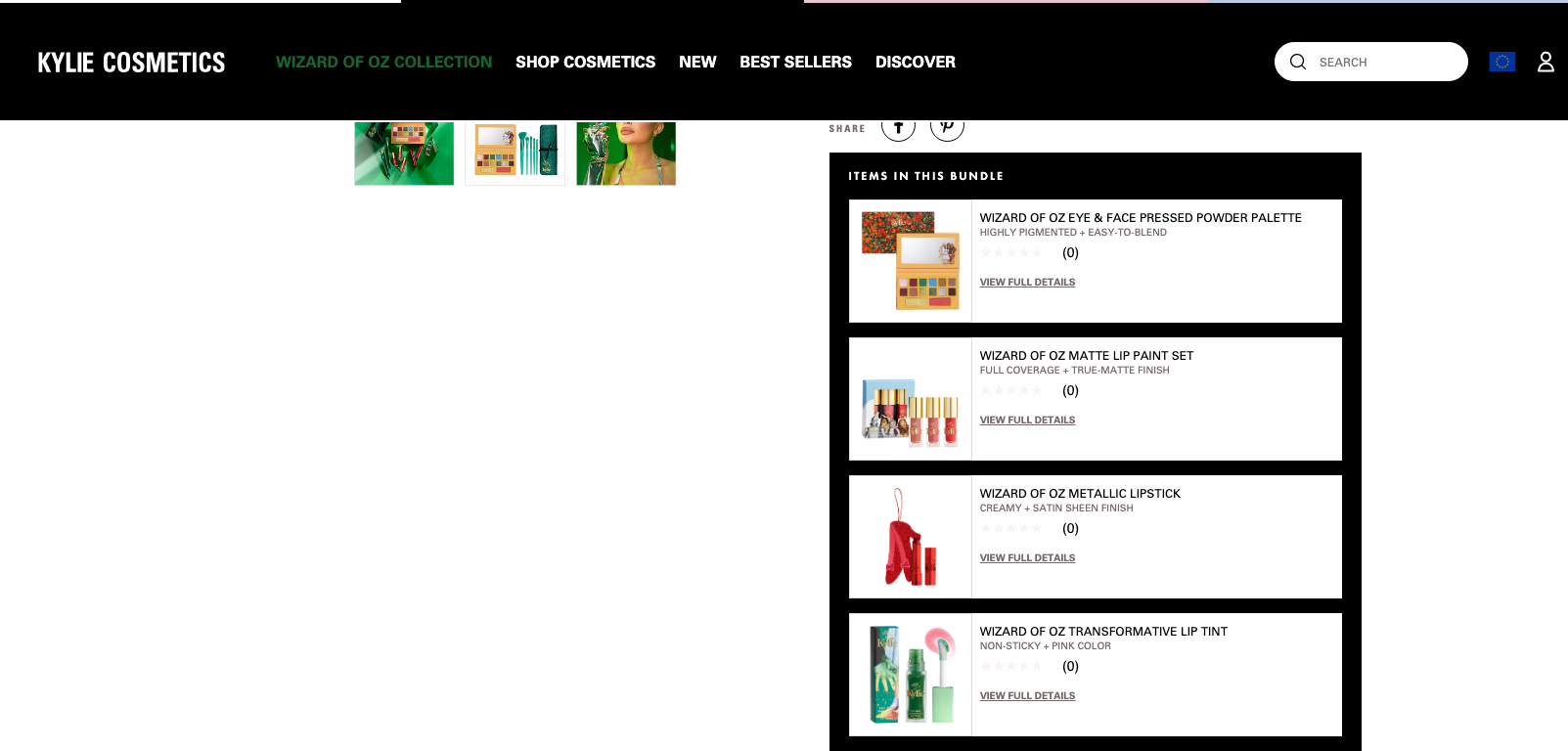
Up and cross-selling strategies will allow merchandisers across verticals to be both creative and strategic.
Without forgetting the needs of the end customer.
After all, increasing the visibility of products that cater to an individual's needs will only help to decrease choice overload, while putting the right information in front of them at the right time.
.png?width=2560&height=1890&name=app-test.xoborc.com_discover_analytics_390d74be-54d6-476e-b876-763fa8e50a1a_cid=k88qgt%20(1).png)
Crobox’s Product Profiles let you view your product data in one place, from performance indicators like click counts and purchase ratios, to how different messages are performing in terms of increasing CTR impact.
Data and analytics are your merchandising backbone, especially online. But, unfortunately, many eCommerce brands are unable to cope with the data superiority of pure players.
But that doesn’t necessarily put you at a disadvantage.
Pure players like Amazon are notorious for data scandals. And let’s face it – the Amazon webshop experience isn’t the ‘prettiest’.
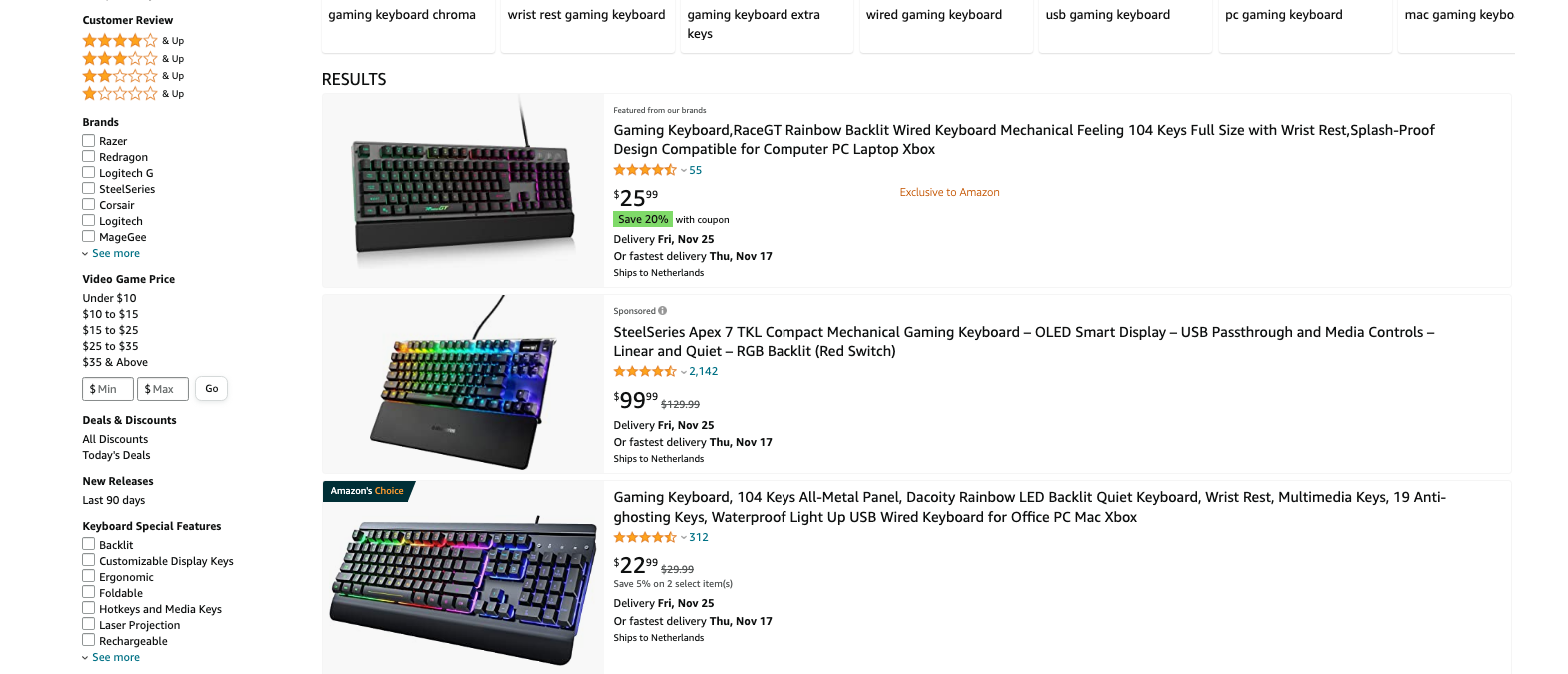 The Amazon experience: Too many spec-based features for filtering, too many choices of similar products, too few personalized messages to help draw attention to the products that are relevant to the individual.
The Amazon experience: Too many spec-based features for filtering, too many choices of similar products, too few personalized messages to help draw attention to the products that are relevant to the individual.
Instead, eCommerce brands that win will be at the forefront of promoting product attributes as benefits.
This starts by having a rich data architecture in the backend and a culture of experimentation in the front, so that both you and your team can not only process data but derive actionable insights from it.
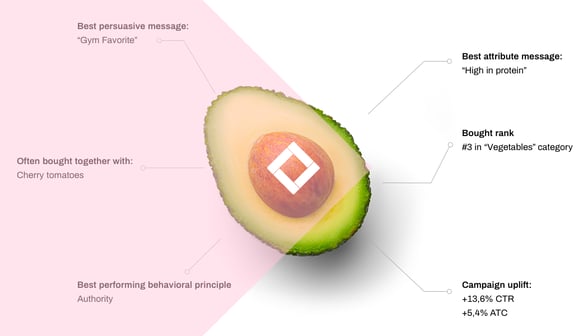
Source: Read the Crobox blog on Product Analytics to see how to make common data points actionable for eCommerce.
By continuously tracking product performance, merchandisers can turn tangible data metrics into actionable insights. Without infringing on customer privacy.
Every year online shopping witnesses more change, more innovation, and more merchandising opportunities.
The pandemic had more people shopping online than ever before. Retail technology grows at an exponential rate.
And your shoppers?
They respond with shifting behavioral patterns that you need to keep track of if you want to resonate with them. With that, here are the top merchandising trends of today.
“The boundaries between life, work, and sports have become more flexible. The pandemic has lasted long enough to form new habits – we believe that this new reality is here to stay.” - David Alleman, Co-Founder, On-Running
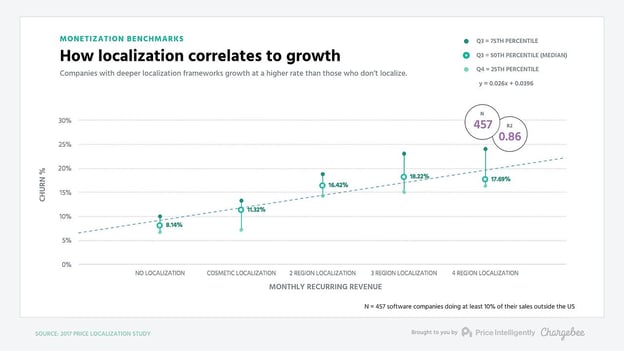
For many merchandisers in your shoes, the COVID-19 pandemic was both a blessing and a curse. More people started shopping online.
Creating lots more traffic (blessing), but with the added challenge of supplying demand (curse – many brands fell short due to supply chain issues).
However, the pandemic also created an opportunity for other teams to see eCommerce as an important sales channel.
For many, this called for expansion. And when you’re expanding, you also need to be able to localize, so that your webshop is personalized to the culture and geo-location of the user.

Example of localization gone wrong when things get lost in translation.
In short, localization means adapting webshops for the market you’re selling to. For merchandisers, this trend implies optimizing the webshops by:
As direct-to-consumer (DTC) brands gain popularity, localization will help retailers sell internationally while retaining relevancy in their markets of choice.
This is a key trend for merchandisers to continue observing and investing in.
 Victoria's Secret has a Spotify Store playlist. Many brands also have brand playlists like Nike, KFC, Gymshark, and American Eagle Outfitters.
Victoria's Secret has a Spotify Store playlist. Many brands also have brand playlists like Nike, KFC, Gymshark, and American Eagle Outfitters.
As eCommerce starts to command more attention, so too is bringing the in-store experience online. Nobody wants to shop from a webshop whose only goal is to sell products.
The whole experience of shopping should be frictionless (no unnecessary ads or pop-ups), streamlined (high-touch guidance when necessary), and delightful:
Showing the right content at the right time in a fun way.
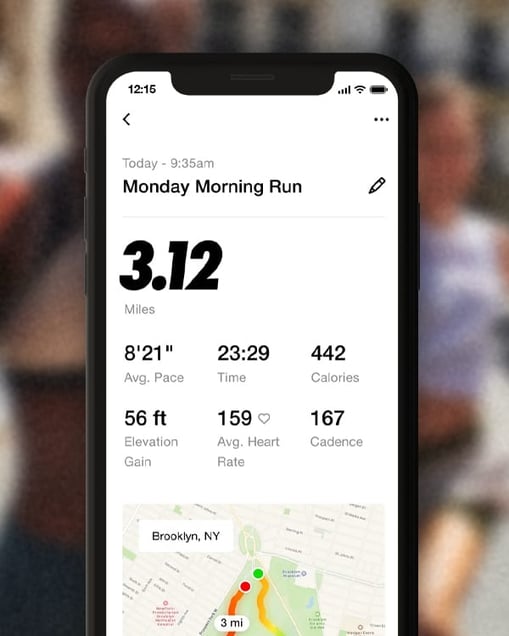
Nike’s Run Club App fosters a community of runners with challenges, guided runs, and playlists. It curates the best of a content approach (music, video, guidance, social media), without even trying to sell products to the user.
This move from commerce to content is a huge win, not just for the customer but for the brand, too.
That’s because merchandisers can now do things online like:
With 70% of consumers demanding the brands they shop from to take a social and political stance, straightforward commerce doesn’t quite cut it.
Content is a superior selling strategy.
Luckily, you merchandising rockstars are the ones putting content in front of the online shopper. This makes this trend imperative.
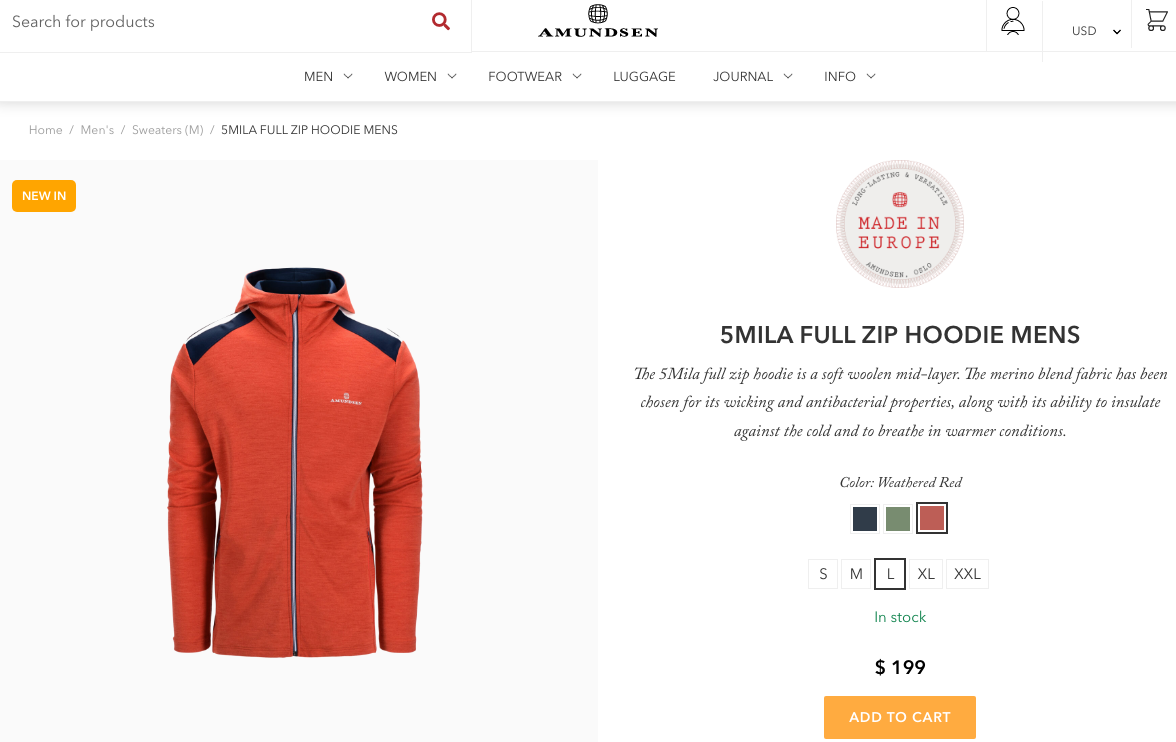
The pandemic has also driven a do-less-with-more approach.
Consumers are planning to purchase more durable fashion items, and are even open to keeping them for longer.
For example, the product features of sports and activewear products aim to increase performance (e.g., resistance, quick-drying, breathability) are uniquely sustainable.
Activewear brands are aiming to be textile pioneers to innovate the features of their products, and resonate more with the sustainable shopper.
For example, Amundsen’s ski thermals are made with naturally temperature-regulating Merino wool for high-performance on the slopes.
Icebreaker, on the other hand, uses lightweight features as the USP for their ski thermals. These features are intrinsically durable.
Merchandisers that lead the sustainability race prioritize product presentation, product USPs (that are sustainable), and more circular business models on the whole.
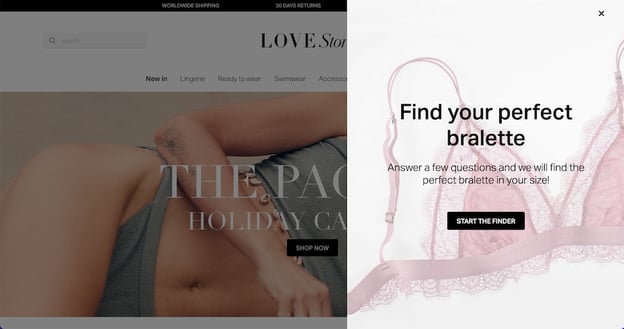
Crobox’s Product Finder for Love Stories collects zero-party data. Because of this, we were able to validate the assumption that ‘most women don’t know their bra size’. Read the full case study here.
Zero-party data is data that is given freely and with consent by the customer. It’s a data collection technique that stays within data-privacy laws like the GDPR and CCPA because customers have the option to choose whether they share their data or not.
With the rise of data privacy trends globally, the microscope is fixed on how eCommerce will respond. It’s about time retailers start thinking about new tools that collect customer data in a safe and protected environment.
These tools start with merchandisers. Because half of your job is commercial. But the other half is analytical, making data analytics a crucial part of your website rollout.
Here are some zero-party data collection techniques for eCommerce:
Not only is zero-party data more trustworthy, but it’s also:
How you leverage zero-party data will carve out your competitive advantage. Gone are the days of cheap grabs at conversions. Today, with a focus on zero-party data, you can begin to create individualized shopping experiences on your webshop.
In this article, we’ve covered the art of eCommerce merchandising from the perspective of:
Now that we’ve set the groundwork for merchandising, it’s time to start applying the 411 of merchandising to accomplish your goals and keep your webshop and brand in line with all the latest trends.